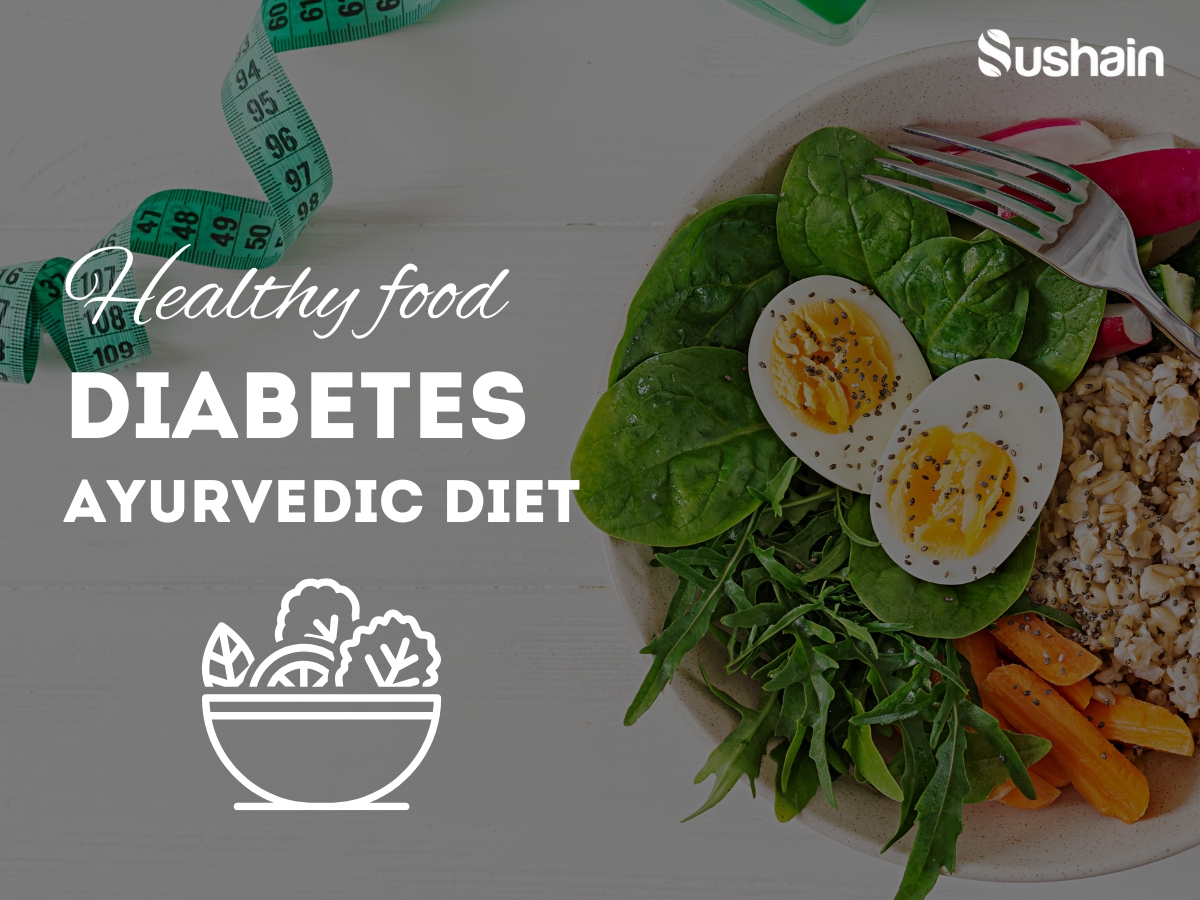Introduction to Acne (pimples)
Skin is the indication of an individual health condition. Every individual is fond of their skin and its treatments and wants healthy, glowing skin all the time. One such skin condition that is noticeable in both teens and adults is pimples or acne that result in lesions that result in dark spots. One should take Ayurveda treatment for acne (pimples).
Ayurveda Treatment for Pimples or Acne:
Acne or Acne vulgaris is also called as pimples or zits. Acne is caused by blocked hair follicles and sebaceous glands of the skin, often triggered by hormonal changes as per age. Bacteria and hormones cause acne, most commonly on the face, chest, neck, and back. Acne Starts around 12 years of age.
- Ayurveda Treatment for pimples is planned basically to treat vitiated dosha vata and Kapha and also to treat vitiated rakta dhatu. Snehana swedana followed by Vamana and Virechana to remove vitiated doshas.
- Lepana, application of medicated churna on face like kumkumadi lepa, raktachandana churna lepa, eladi churna, chandanaadi lepa.
- Nasya
- Raktamokshana
- Shamanoushadis which is an intake of internal medicines.
Dr Anila R S
BAMS | 23 YRS. EXP.
Dr Nandini Marappa
BAMS | 14 YRS. EXP.
Dr Vivek Kr Gupta
BHMS | 10 YRS. EXP.
DR DS Rathi
BAMS | 46 YRS. EXP.
DR Soonrita Taneja
BAMS,MD (Ayurveda) | 25 YRS. EXP.
DR Sandeep Madaan
MD (Ayurveda) | 20 YRS. EXP.
Dr Pradeep Katiyar
BAMS | 31 YRS. EXP.
Dr Sandeep Shah
BAMS,MD(AM) | 19 YRS. EXP.
Dr Preeti Lokhande
BAMS | 29 YRS. EXP.
Dr Amol Bhandarwar
MD (Ayurveda) | 17 YRS. EXP.
Ayurveda Treatment Home Remedies Acne or Pimples:
Turmeric (Haridra) Paste:
- Mix turmeric powder with a small amount of water to create a paste. Apply the paste to acne-prone areas and leave it on for 15-20 minutes before rinsing.
Neem (Nimba) Face Pack:
- Make a paste from neem leaves or use neem powder. Apply it to the affected areas and leave it on for about 20 minutes before washing off.
Aloe Vera Gel:
- Apply fresh aloe vera gel directly to acne-prone areas. Aloe vera has soothing and anti-inflammatory properties.
Triphala Wash:
- Prepare a decoction of Triphala (a combination of Amla, Haritaki, and Vibhitaki) and use it as a face wash. Triphala is believed to have detoxifying properties.
Sandalwood (Chandana) Paste:
- Mix sandalwood powder with water to form a paste. Apply it to the affected areas and leave it on for 20-30 minutes before rinsing.
Honey and Cinnamon Mask:
- Mix honey and cinnamon powder to create a mask. Apply it to the face, leave it on for 10-15 minutes, and then wash off. Honey has antibacterial properties.
Mint (Pudina) Leaves:
- Crush fresh mint leaves and apply the juice to acne-prone areas. Mint has cooling and anti-inflammatory properties.
Guggulu Tablets:
- Guggulu, an Ayurvedic resin, is known for its detoxifying properties. Some people take Guggulu tablets internally after consulting with an Ayurvedic practitioner.
Important Herbs Used to Treat Pimples or Acne:
Kumari (Aloe Vera):
- Aloe vera is known for its cooling and soothing properties. It has anti-inflammatory and antimicrobial effects and may help in healing skin conditions.
Amalaki (Indian Gooseberry):
- Amalaki is rich in Vitamin C and antioxidants. It may support the immune system and contribute to overall skin health.
Vibhitaki (Baheda):
- Vibhitaki is traditionally used in Ayurveda for its detoxifying properties. It may help in cleansing the body and promoting skin health.
Hareetaki (Haritaki):
- Haritaki is considered a rejuvenating herb in Ayurveda. It is believed to have cleansing and detoxifying properties that may benefit the skin.
Vacha (Sweet Flag):
- Vacha is known for its antimicrobial and anti-inflammatory properties. It may be used to support skin health and reduce inflammation.
Raktachandana (Red Sandalwood):
- Red Sandalwood is believed to have cooling and anti-inflammatory properties. It may be used topically to soothe irritated skin.
Ayurvedic medicines for pimples (acne) mainly aim to balance vitiated doshas, improve the glow of the skin, purification of blood, and remove dead cells by detoxification.
Ayurvedic Medicines for Skin Care:
Nagarjuna Brahma Rasaayanam Bottle Of 300 Gm
₹ 160
View Product
SBL Phytolacca Berry Mother Tincture Q Bottle of 30 ML
₹ 255
View Product
Causes of Acne or Pimples:
Blocked Hair Follicles:
- Hair follicles can become blocked by dead skin cells, leading to the formation of comedones (blackheads and whiteheads).
Excess Sebum (Oil) Production:
- Overproduction of sebum by the sebaceous glands can contribute to clogged pores and acne development.
Bacterial Infection (Propionibacterium acnes):
- Bacteria on the skin, particularly Propionibacterium acnes, can multiply within blocked pores, leading to inflammation and acne lesions.
Genetics:
- A family history of acne may increase an individual's predisposition to developing acne.
Hormonal Changes:
- Hormonal fluctuations, especially during puberty, menstruation, pregnancy, and menopause, can influence sebum production and contribute to acne.
Stress:
- Chronic stress can trigger hormonal changes and may worsen existing acne or contribute to its development.
Ayurveda explains Acne or pimples as “Mukhadushika”, caused due to the vitiation of vata dosha, kapha dosha and rakta dhatu resulting in the formation of Mukhadushika that looks like shalmalikantakara similar to thorns of shalmali with shopha( swelling), ruk (pain), daha(burning sensation),vedana(pain), kandu ( itching).
As acne or pimples occur in a young age it is also called youvanapidika (boils formed on the face at a young age).
Latest Blogs


 Home
Home  Book Video Consultation
Book Video Consultation Buy Medicines
Buy Medicines


























